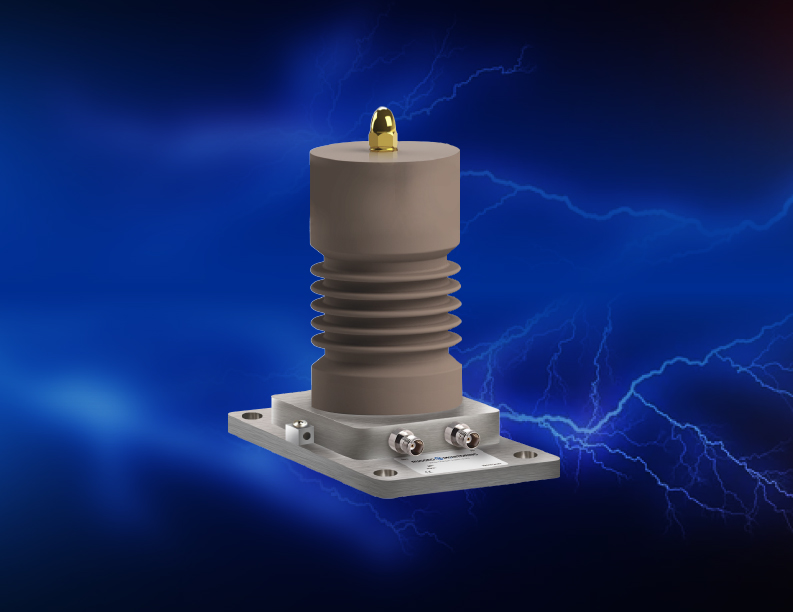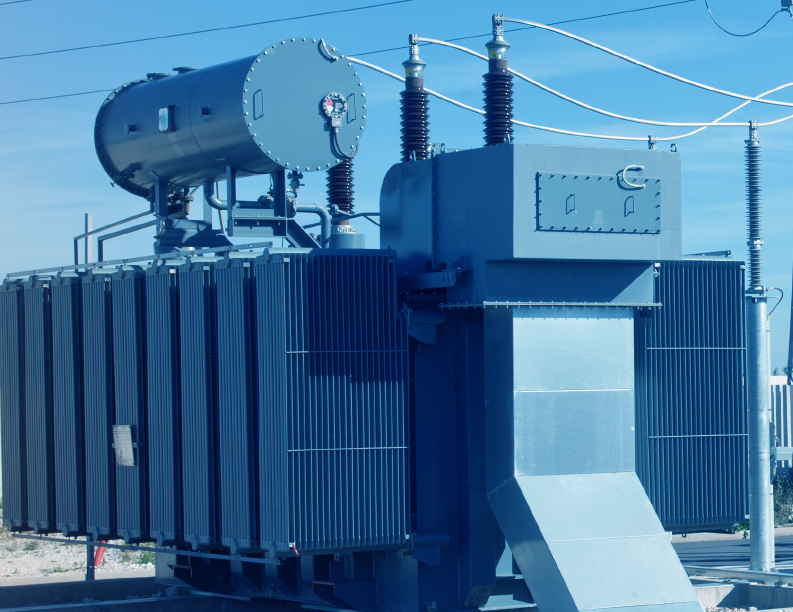Introduction
Power Transformer is an important component in various segments right from power generation to commercial applications. Power transformers are continuously in operation since their commissioning, their ageing process are going on towards their end of life which cannot be avoided. To achieve a zero-downtime predicting the condition and lifetime of the transformer is of utmost importance. The life of a transformer is majorly governed by its thermal limitations. In oil-filled power transformers, circulating oil is hotter at the top of the winding. Adding up these various heat dissipation phenomena will end up causing “hot spots”. Hot spots are the highest temperature areas in the transformer based on flux leakage from the windings and can degrade the insulating paper making the transformer susceptible to failure.
The insulating system is a vital part, with oil and the solid insulation. The solid insulation may not be so readily accessible, while the oil is readily accessible and can be kept in a good condition for a very long time with proper care, probably for an indefinite period. However, poorly maintained oil will significantly reduce the actual life of the transformer. Since transformer life is dependent on the insulating paper, accurate temperature monitoring is vital. Increase in electricity demand also known as, heavy spike loads, will increase the temperature in power transformers (hot spots) and increase the degradation of the insulating paper. However, transformers can develop faults well before the end of their life expectancy, leading to failure and ultimately causes a breakdown of the entire system.
There are several reasons for hot spots, but we have identified top 3 reasons for the development of hot spots in transformer. Several actions can be undertaken to extend the assets life and prevent costly failures which can have financial impact. Following are the three main reasons which cause hot spots in the transformers
Following are the three main reasons which cause hot spots in the transformers
- Dynamic Loading or Over Loading
- Insulation Degradation
- Through Fault Current
Dynamic Loading or Over Loading
The significant uncertainties in power generation leads the transformer to experience a consistent amount of thermal cycling as it has no-load to load and then back to loading with high amounts of energy. Thermal cycling, and thermal expansion and contraction can have harmful effects on the transformer, it may weaken the transformer gaskets and seals thus accelerating the age and degradation in solid insulation materials. This may affect the condition of the transformers oil causing, absorption of moisture or rates of ‘gassing’ in some instances.
These degradation processes eventually lead to a decline of the transformer’s insulation resulting in the transformer being taken online for a period to conduct essential maintenance such as replenishing the oil.
Insulation Degradation
The lifespan of transformer is determined by the ability of the insulation system’s mechanical resistance to withstand the shorts circuit current forces. During the conversion of electrical energy from one voltage to another (lower to higher / higher to lower) heat is developed in the transformer. This temperature must be within limits so that it will not adversely affect the dimensional stability of the materials used during the construction of the transformer.
In power transformers, the high electrical stress, the mechanical stress (stress developed due overloading) and amount of heat developed requires both solid (cellulose paper) and liquid insulation (oil) to withstand the effects caused by them. However, the continued operation of transformers will lead to ageing and degradation of both liquid and solid insulation materials. The heat generated during the operation of transformer will cause hot spots on the transformer windings. Above hot spot temperature the ageing process become irreversible.
The life of the transformer depends on the strength of its internal insulation system Accurate hot spot temperature measurements can help analyze and isolate insulation degradation that is related to transformer aging factors.
Through Fault Currents
The largest cause of transformer failures is due to external events i.e., through faults which are responsible for around 20% of failures. Through faults are external faults that occur outside the protected zone, these faults cannot be detected by differential protection. If an external fault occurs, it could cause mechanical and thermal stress leading to formation of hot spots in the power transformer and it could damage the transformer. Sustained external faults must be cleared before the thermal rating of the windings is exceeded. Therefore, transformers are required to endure more stressful fault conditions that may affect their long-term reliability meaning that a replacement for the transformer may have to be conducted earlier than the average asset.
Taking the transformer hot spot monitoring technology to the next level with our solutions.
The challenge for asset managers is to find faults in their inception stage, reduce expensive maintenance activities, and minimizing the risk of plant downtime. Transformer monitoring solutions can address these challenges and help asset managers overcome the threats listed above.
Tsens
Precisely designed sensor for direct measurement of temperature in Transformers.
T301 / T501
Rugged monitor with a range of communication options for monitoring in various electrical assets.
R501
The customizable comprehensive rack mount monitor
RMEYE
An IoT based Multi site Multi asset remote online condition monitoring solution
Rugged Monitoring’s comprehensive transformer monitoring solution with all the key components of a transformer can be monitored. The solution with its multiple capabilities makes multi-site multi asset condition monitoring simple.
Asset digitalization along with data-driven decision making
With the complexity of various internal and external factors becoming great the solution can deliver insights into the health index, risk index, criticality index of transformer. The system provides the alerts of the transformer in risk and provide details within the fleet whilst also giving visibility of the integrity of the assets insulation to help assess the mechanical strength of the transformer and the risk for mechanical damages to these hazards.
Our reliable, accurate monitoring solutions quickly detect and respond to hot spot conditions, triggering alarms and relays to protect your most valuable assets. These direct measurement systems are immune to high voltage, RFI, EMI, and transformer oil or SF6 gas.This enables asset managers to focus on the transformers that are at risk, reducing the potential of a sudden transformer failure and protecting available KPIs
Why Asset Managers Should Partner with Us?
- Asset Managers can implement a comprehensive condition maintenance schedule for all the electrical assets
- Optimize their asset management strategy
- Enables to manage expenditure as they have a clear view of the reliability, safety, and risk to the company’s revenue
- Right technology in place to drive the entire industry
- Adds greater value to the investment and business models







